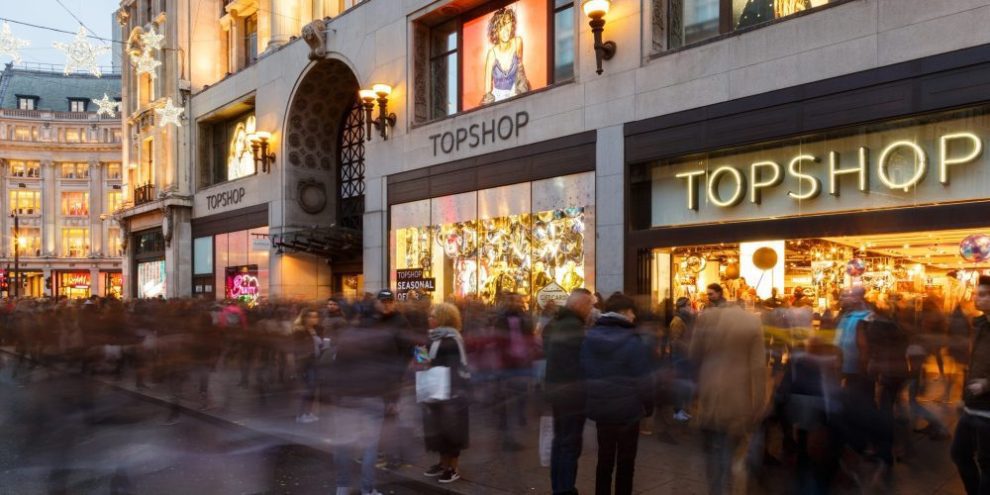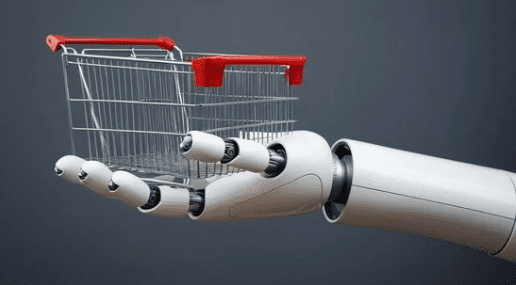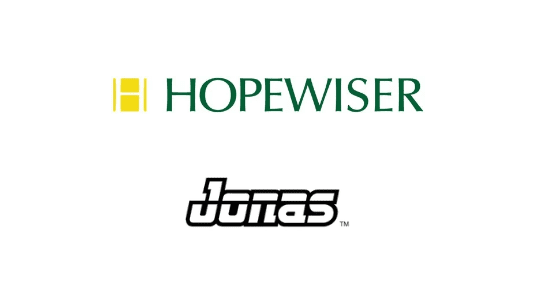In recent years we have seen a sharp change in the ways that people shop. High streets are out, and ecommerce is in, as the newspapers would have you believe. Whilst this is somewhat true, Britain’s bricks and mortar stores are beginning to regenerate themselves with a rise in quirky coffee shops, gyms, cinemas and the like.
However, for the more traditional high street outlets, it seems as though it’s every week that we’re saying goodbye to yet another once beloved retail store. The latest in a long line is the rent-to-own company, Brighthouse, who are due to close 30 stores across the UK, putting 350 jobs at risk. Additionally, HMV has just been saved by the skin of its teeth for the second time this decade but is still due to close 27 stores.
Before more and more retailers begin to follow suit and shut their doors for good, they should take a step back and look at what areas their ecommerce counterparts are succeeding in, and see how they can incorporate new ways of generating traffic and sales into their own stores.
Follow these five tips so that your bricks and mortar business can work successfully in conjunction with your ecommerce counterpart.
1. Offer Your Customers the Option of Click and Collect
One of the major issues that bricks and mortar stores face is the lack of footfall on the high street due to consumers opting for the more simple solution of shopping online. In order to combat this, you should facilitate your customers’ needs by offering them the choice of click and collect.
Not only does the availability of click and collect provide convenience to your customers, but the chances are that when they arrive in your store to collect their online order they may also make an impulse purchase in store, thus increasing your sales. According to Internet Retailing, between 60-75% of click and collect shoppers purchase additional products.
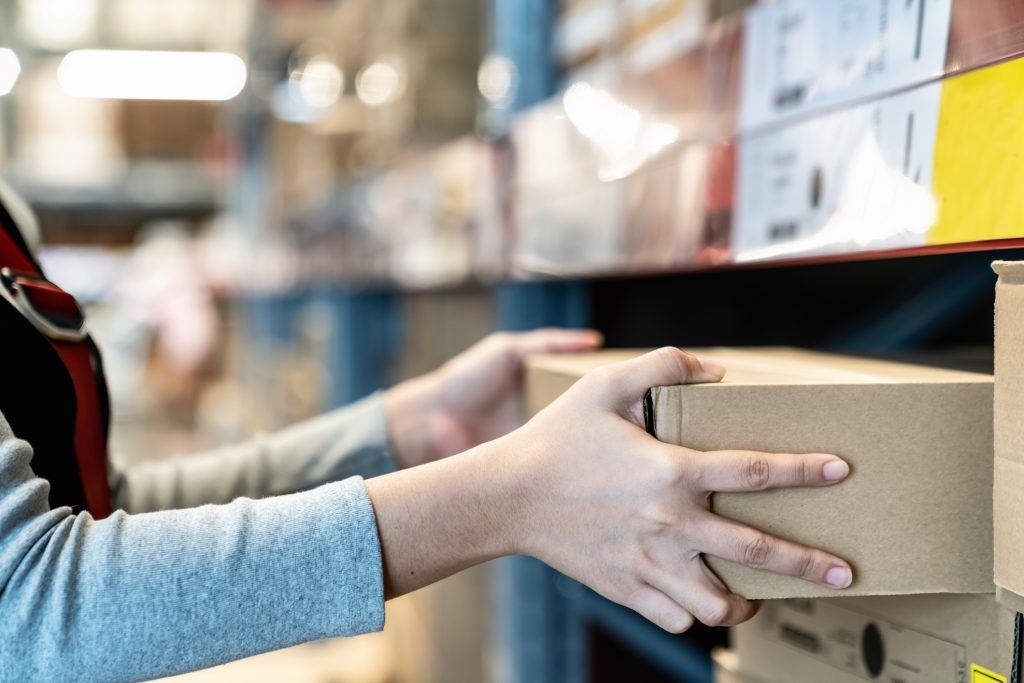
2. Include “Offer of the Day” in Your Store
You may have noticed how ecommerce retailers often push certain product lines through promotional offers to entice their customers and increase sales. 20% off handbags and shoes, for example. Well, there is nothing stopping you from doing the same, and you might find that a simple sales ploy such as this will drive more footfall into your store, and probably revenue too.
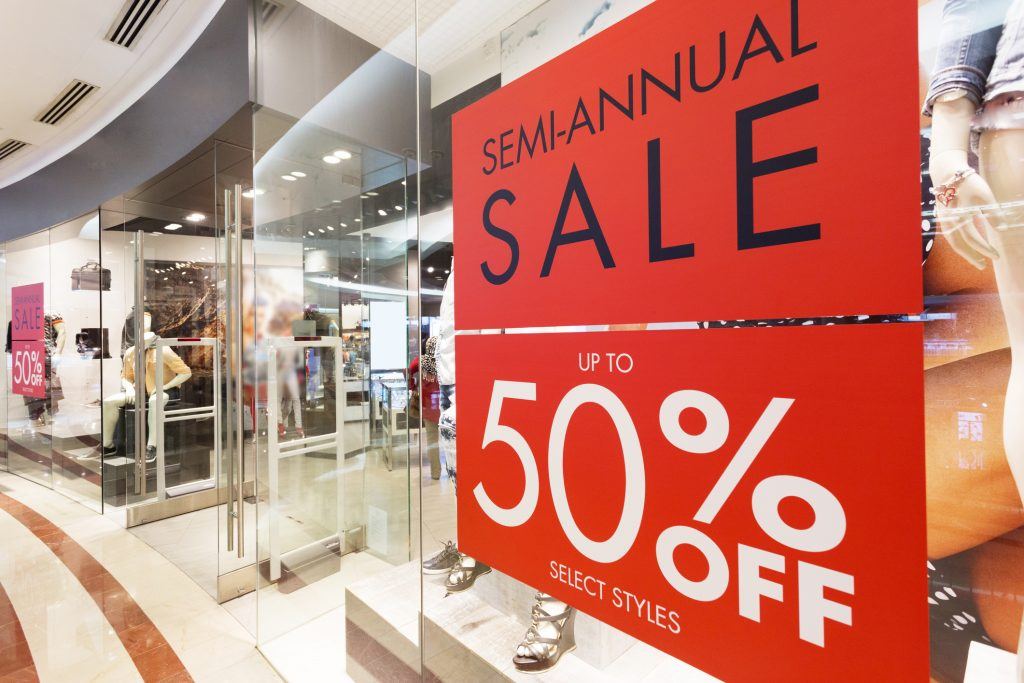
3. Use Sensors as a Means of Getting People Into Your Store
Smart technology is becoming a popular new way of rejuvenating the high streets, and such things as kiosks are popping up in bricks and mortar stores all over the country. Apparently 60% of surveyed consumers in a 2018 study said that they’re attracted to the idea of using kiosks to find products that they weren’t aware of before.
However, in order to entice customers to use such modern technology as kiosks, you should utilise sensors as a means of getting them into the store. iBeacons can be used to send push notifications to people as they walk past a store and are a great way of promoting certain product lines or in-store sales. You will, however, need to consider such elements as the GDPR before pursuing this.
4. Optimise Your Shop Floor With Heat Maps
Also on the smart technology scale are heat maps, and they are already a prime way of optimising ecommerce retailer’s websites, and they also have the potential to work well on the high street.
For example, if you’re looking to promote a certain product or range then heat maps are great for measuring consumer behaviour by pin-pointing the locations where most of your traffic goes to in the store. This way you’ll be able to strategically place your merchandise and determine the level of interest in displays based on the results of heat mapping. This in effect will help you to boost your in-store conversions.
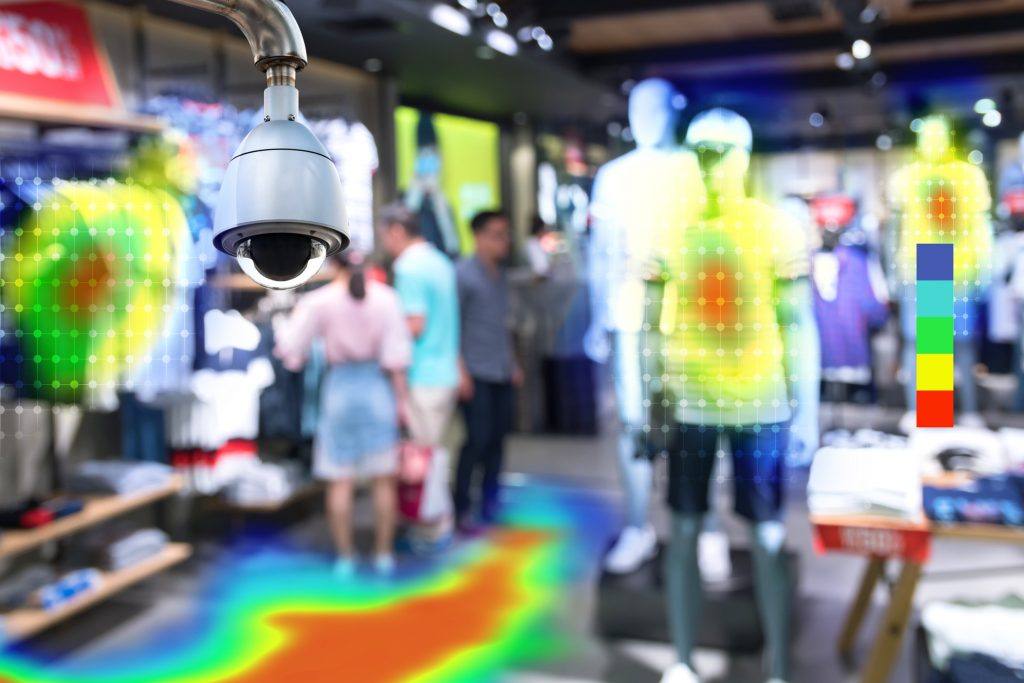
5. User Experience
Marketers and website developers will all tell you that ecommerce is about user experience. That’s why consumers love it so much. Therefore, you should make sure your bricks and mortar business is all about the customer experience.
An abundance of factors contribute to customer service. The layout of your store, the staff you employ, even down to the music you play in the background, all helps to define your customers’ experience and the image that they associate with your brand. It’s important to get it right, as a negative brand image and customer experience during these trying times on the high street could be the break of your business.

We hope you have found these tips useful, and that by incorporating them into your 2019 business operations, we wish you a successful year in terms of footfall, conversions, and revenue. Stay tuned for more blogs about ecommerce and the British high streets.
Sources
https://www.bbc.co.uk/news/business-47135309
https://www.bbc.co.uk/news/business-47127520
https://www.barilliance.com/click-collect/
https://www.globalbankingandfinance.com/how-in-store-tech-is-changing-the-high-street/
https://retailstoreanalytics.wordpress.com/2015/05/20/heat-map-analytics-and-its-impact-on-retail/
, updated 22nd February 2023.



